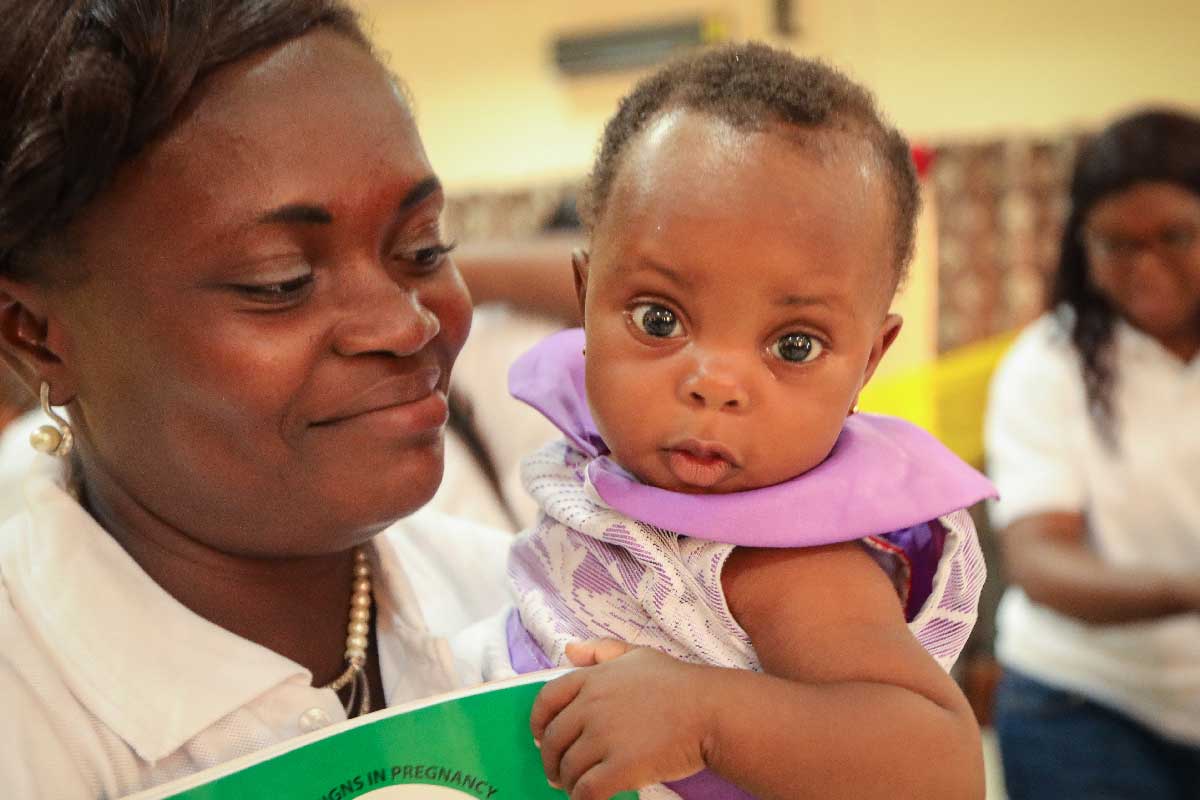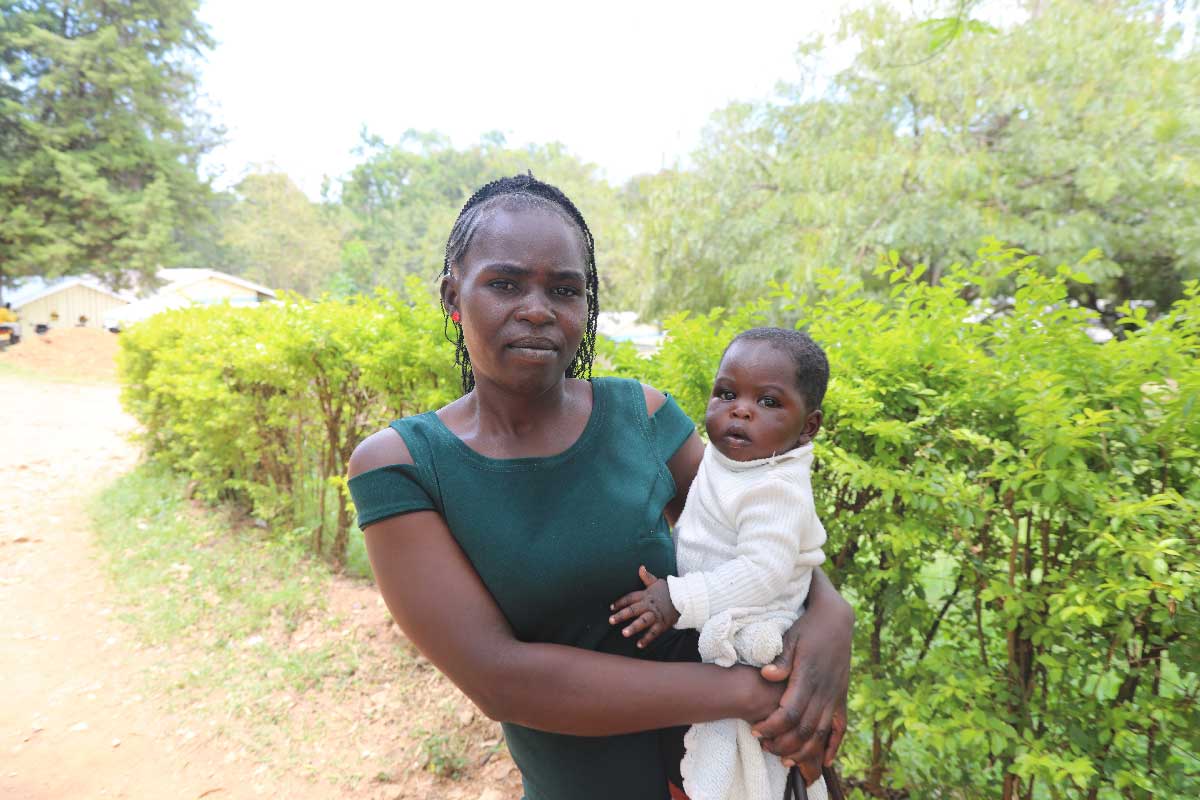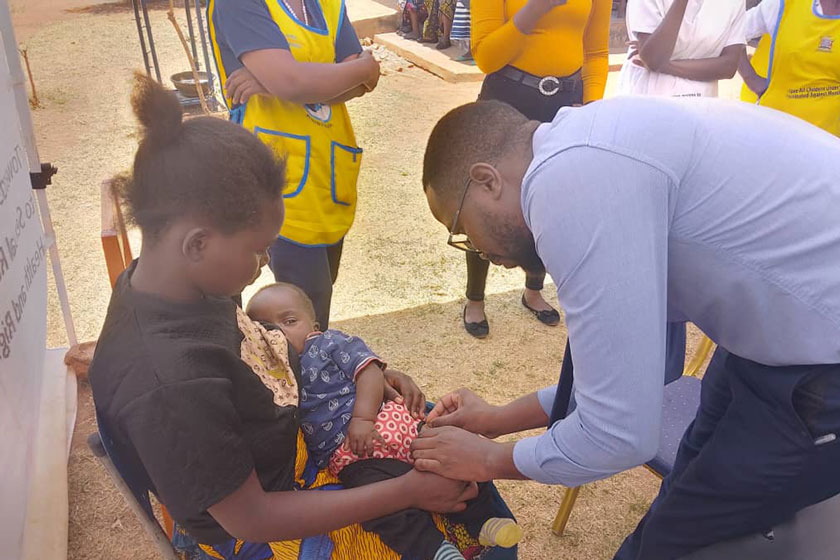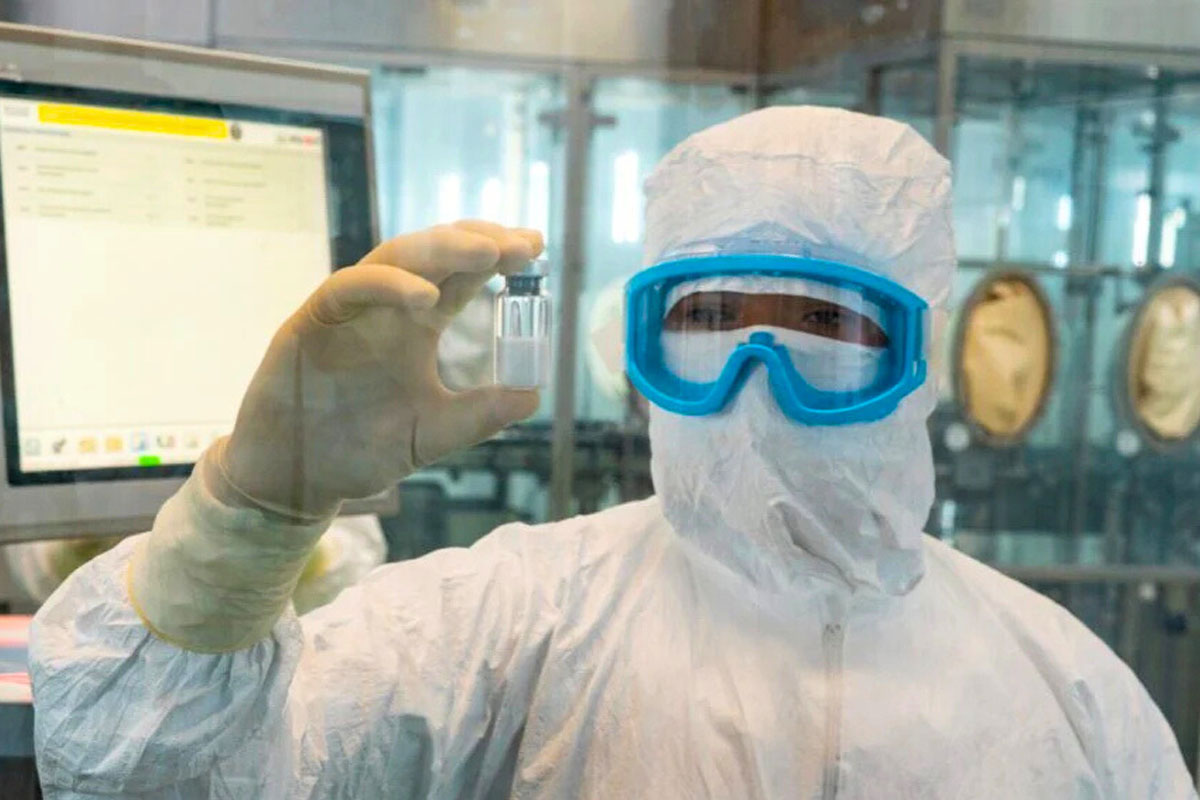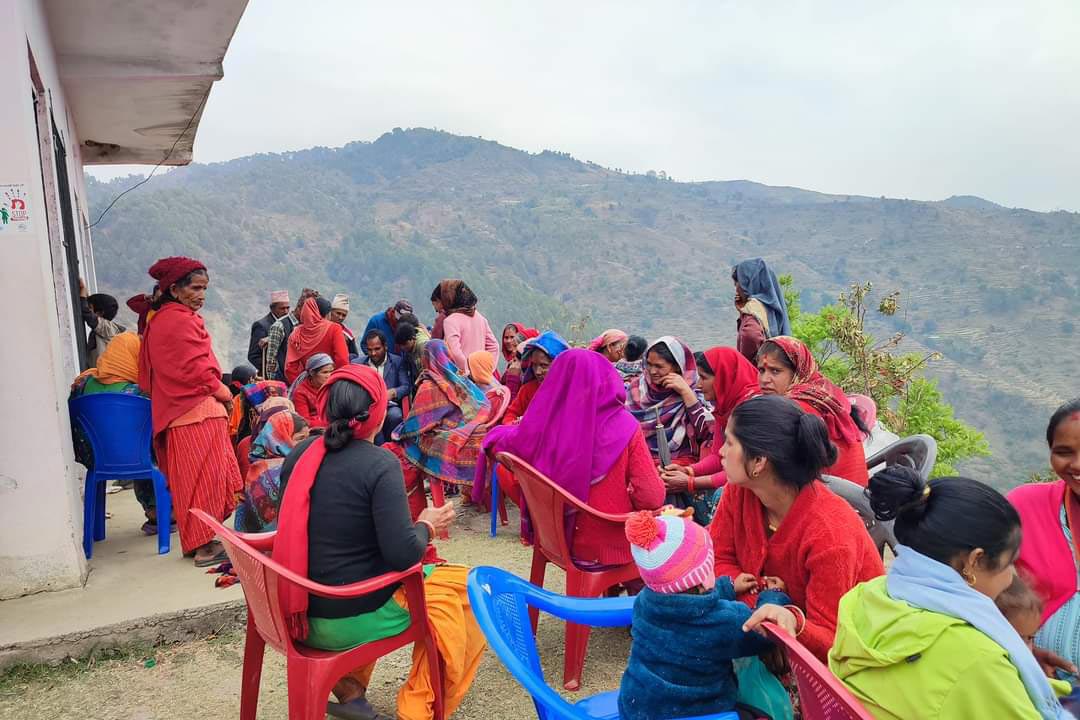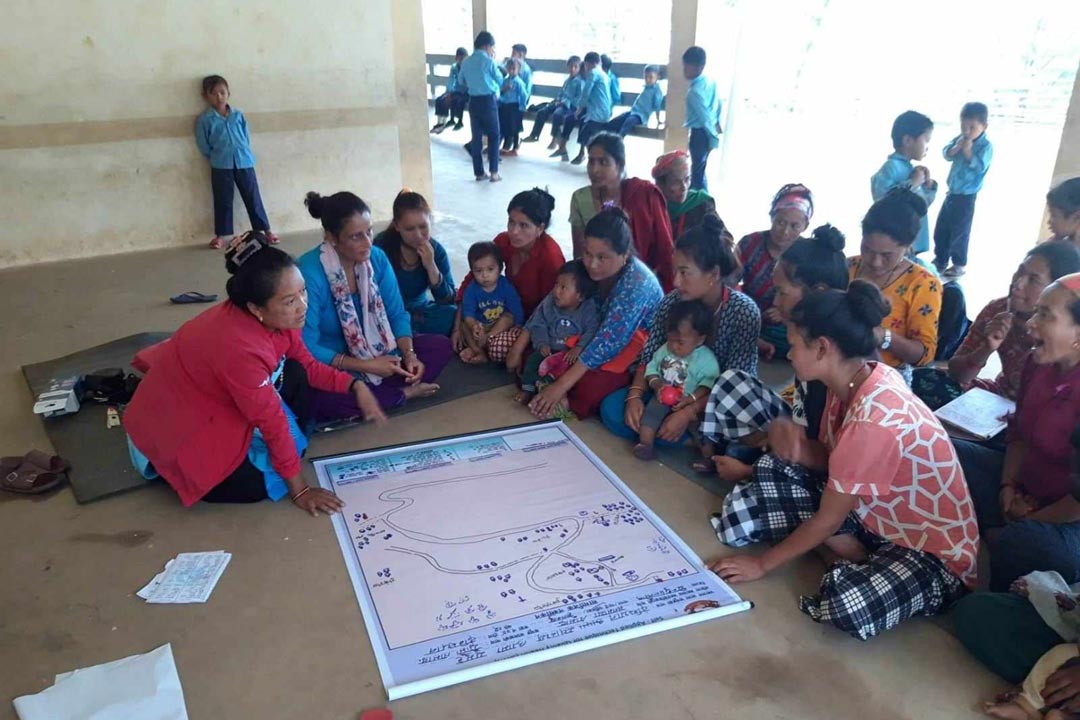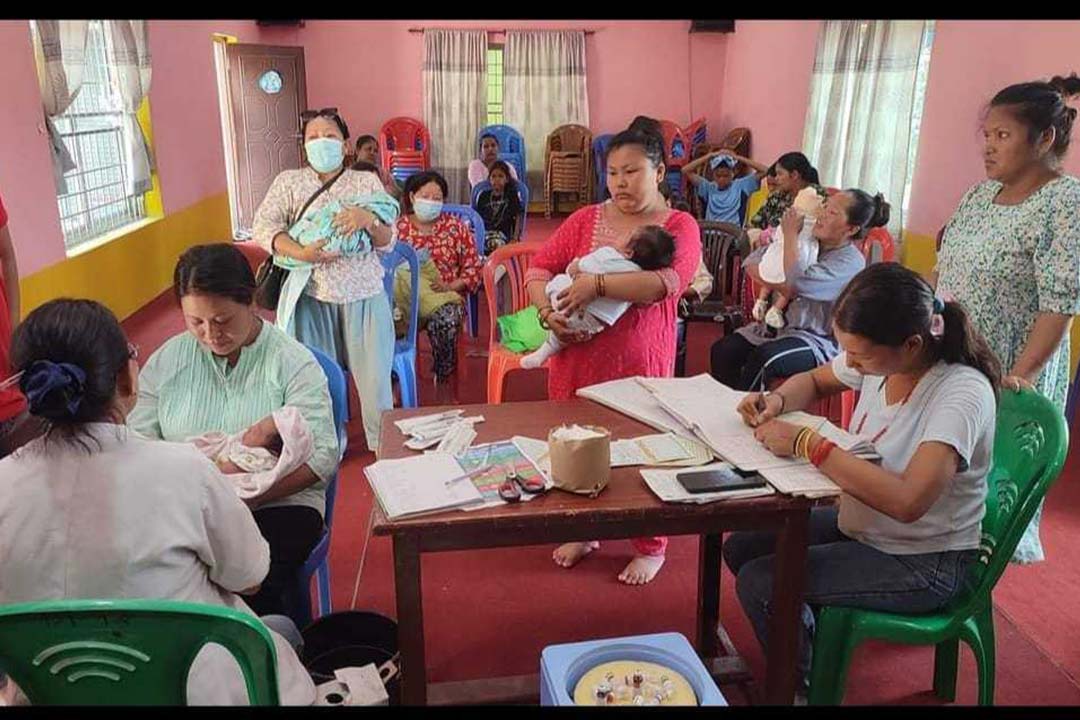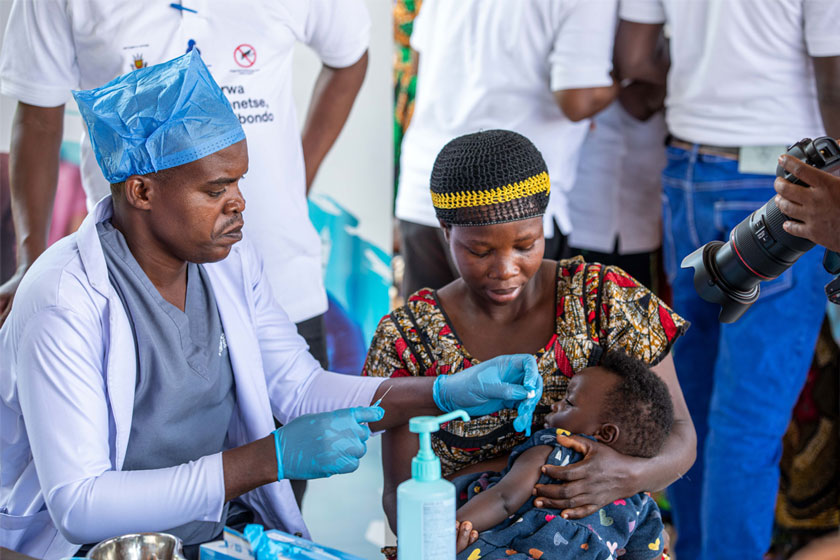Monsoon maternity: when the roads are washed out but the baby won’t wait
Nepal lags the global average on maternal and neonatal mortality rates. Bad weather, bad roads and excessively long distances to healthcare present a major, but preventable, risk to mothers and babies.
- 25 October 2023
- 5 min read
- by Chhatra Karki
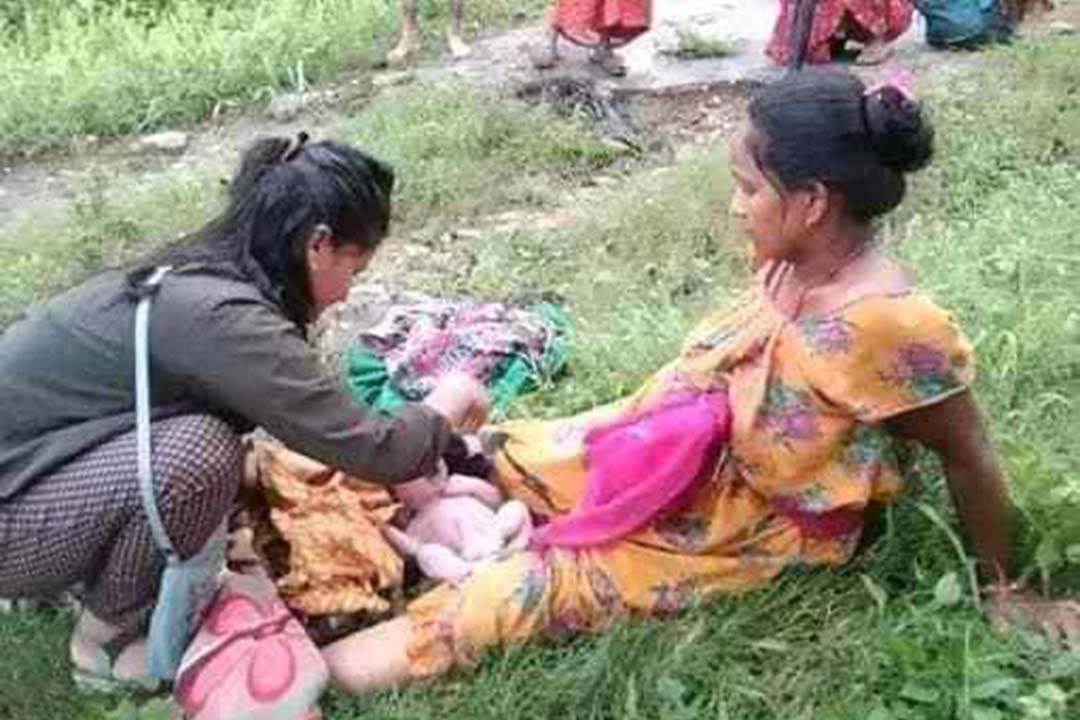
Meena Luhar, a 26-year-old woman from Jamrani village in Dadeldhura District of Nepal, started experiencing labour pains on the afternoon of 11 June 2023. But it was the rainy season, and after heavy showers, the dirt road from the village to the nearest health post with a birthing centre was impassable for ambulances and other vehicles.
Most villagers’ economic situation is precarious, making it challenging for them to visit the district hospital for check-ups. Women lack the financial means to leave the village and get admitted to the hospital in anticipation of childbirth.
Walking to Sadani Health Post in Parshuram Municipality, where the birthing centre is situated, from Luhar's house would take no less than two hours. In her condition, however, Luhar could barely walk.
There wasn't so much as a stretcher available in her village. "My brother-in-law had to carry me to the health post," Luhar recalled.
He hoisted her onto his back as Luhar's contractions intensified. An hour into the hike, she unexpectedly delivered the baby – her third – in the middle of Lamigada forest. Local women gathered and provided assistance, caring for both the newborn and the mother.
"Even after giving birth, the bleeding didn't stop. Subsequently, the villagers managed to locate a stretcher and transported me to the health post on it around nine o'clock at night. Following overnight treatment by the health workers, I was able to return home the next day," Luhar recounted.
Ruined roads spell health risks
Luhar isn't the only birthing mother in remote Nepal to have been isolated by rain and bad roads in her hour of need.
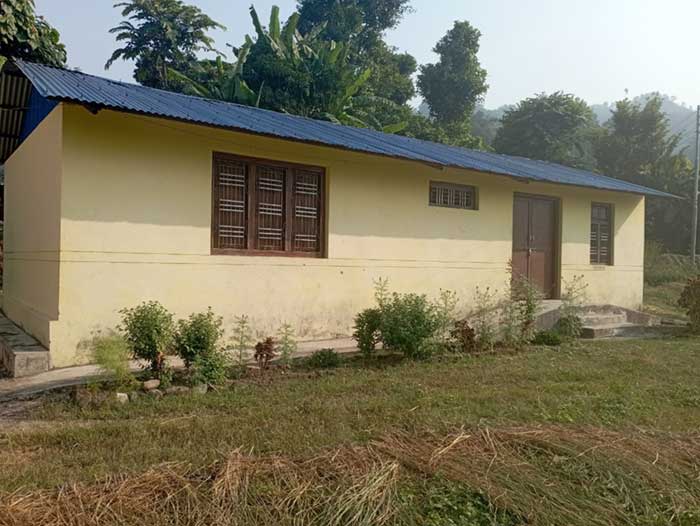
Credit : Chhatra Karki
Rekha Bhattarai is an Auxiliary Nurse Midwife (ANM) from Jamrani Basic Health Center – which lacks a birthing centre – who helped Luhar give birth in the forest that night. She points out that due to the absence of bridges over the rivers along village roads, motorised transportation frequently becomes impossible when the rainy season sets in, and not just in Jamrani. '"This is a shared issue affecting many impoverished villages" she emphasises.
Bhattarai reports that there are around 30 births each year in Parshuram Municipality's Ward No. 8. "Currently, pregnant women receive check-ups at the basic health centre. However, if we improve the delivery services by increasing the number of health workers and enhancing our facilities, it would greatly benefit women and patients," she says.
Financial vulnerability
Dinesh Joshi, the Chairman of Parshuram Municipality Ward No. 8, notes that the issue of pregnant women and other patients facing difficulties during the monsoon is prevalent across his constituency. "The road frequently suffers landslides in our village during the rainy season, and due to delayed repairs, vehicles cannot operate, causing issues for patients," he explains. Joshi also highlights that due to limited awareness in the villages, proper childbirth attendance is lacking.
Have you read?
Further, most villagers' economic situation is precarious, making it challenging for them to visit the district hospital for check-ups. Women lack the financial means to leave the village and get admitted to the hospital in anticipation of childbirth.
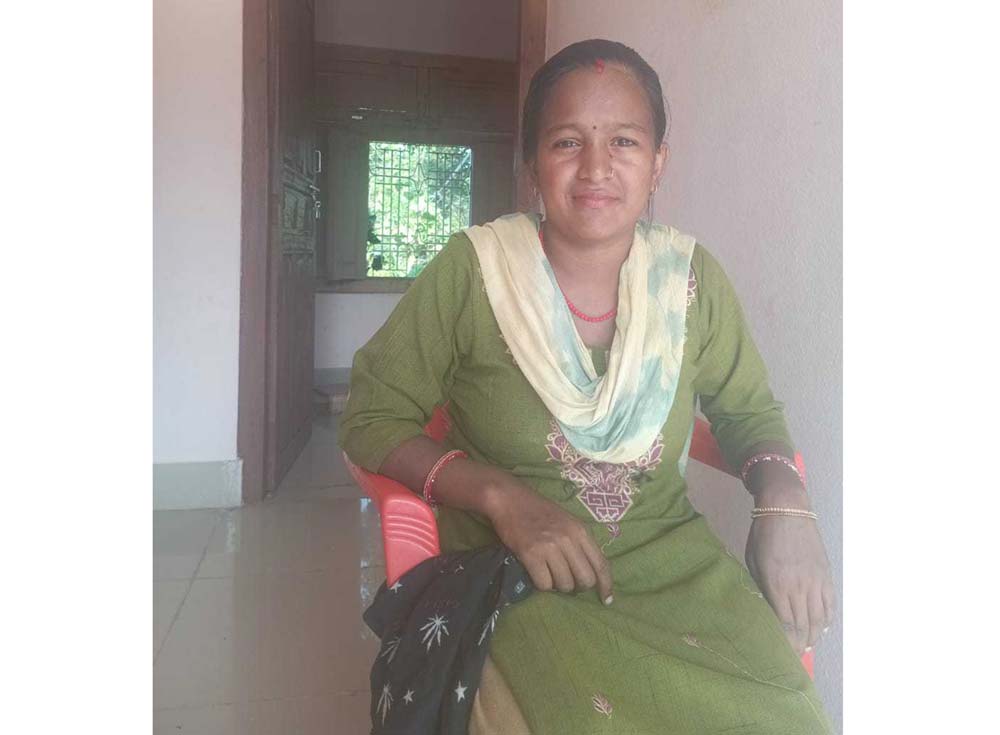
Credit : Chhatra Karki
"Additionally, the Dalit community to which Meena Luhar belongs faces greater difficulties due to their poverty and disadvantaged status," Joshi points out. To address this, he mentioned that village health workers are actively increasing public awareness by conducting door-to-door visits and providing information about health check-ups on the phone.
Paving the way to better health
With an estimated maternal mortality rate of 239 per 100,000 live births, and a neonatal mortality rate of 21 per 1,000 live births, Nepal lags the global average.
A research article published in the International Journal of Public Health found that while uptake of maternal health care has improved in the past few decades – in part due to initiatives like cash transport incentives to help get mothers in remote areas to institutions – a socioeconomic gap in maternal health services persists. That gap, they find, is most heavily driven by maternal education and the time to travel to the nearest health facility.
Ramesh Bohara, an Auxiliary Health Worker (AHW) at Jamrani Basic Health Center, emphasises that investment in improvements to physical infrastructure – roads, first of all – is vital to improving outcomes. There have been improvements in manpower and service facilities at health centres, Bohara says, but there is still room for further development.
"Investment in improvements to physical infrastructure – roads, first of all – is vital to improving outcomes. There have been improvements in manpower and service facilities at health centres, Bohara says, but there is still room for further development."
– Ramesh Bohara, an Auxiliary Health Worker (AHW) at Jamrani Basic Health Center
Citing Meena Luhar's story, Keshar Saud, the Head of the District Health Office in Dadeldhura, recommends bolstering the system by building out birthing centres in the most scantily equipped health posts, like Jamrani's.
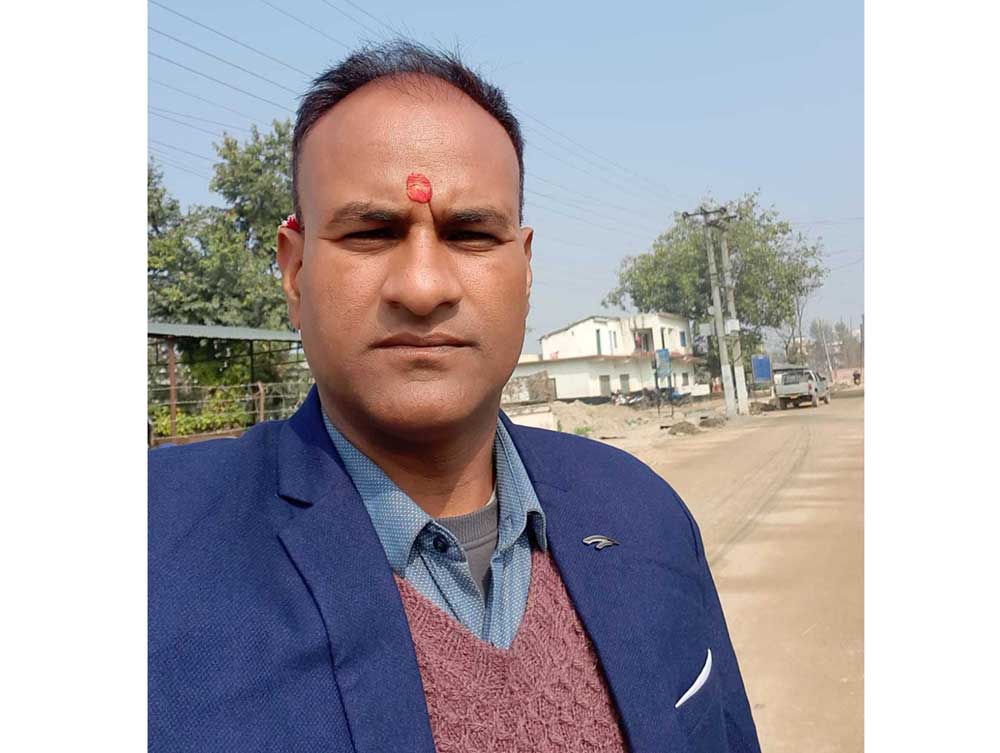
Credit : Chhatra Karki
Furthermore, he says there is a pressing need to raise awareness about public health at the community level. "The Family Health Division has also underscored the significance of fortifying local birthing centres in line with the Safe Motherhood Guidelines of 2013. In my opinion, it's imperative that we advance and align our efforts with these recommendations," Saud suggests.
More from Chhatra Karki
Recommended for you
